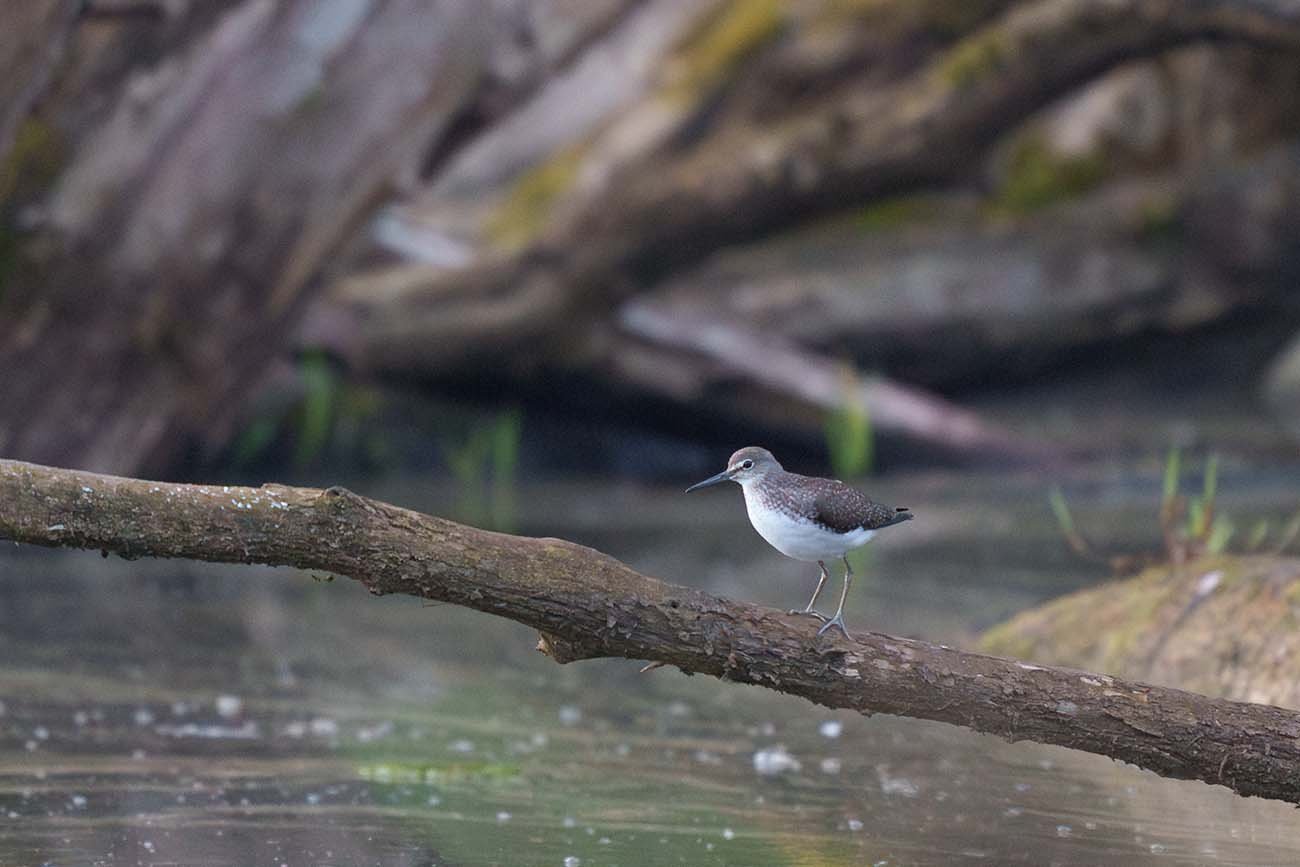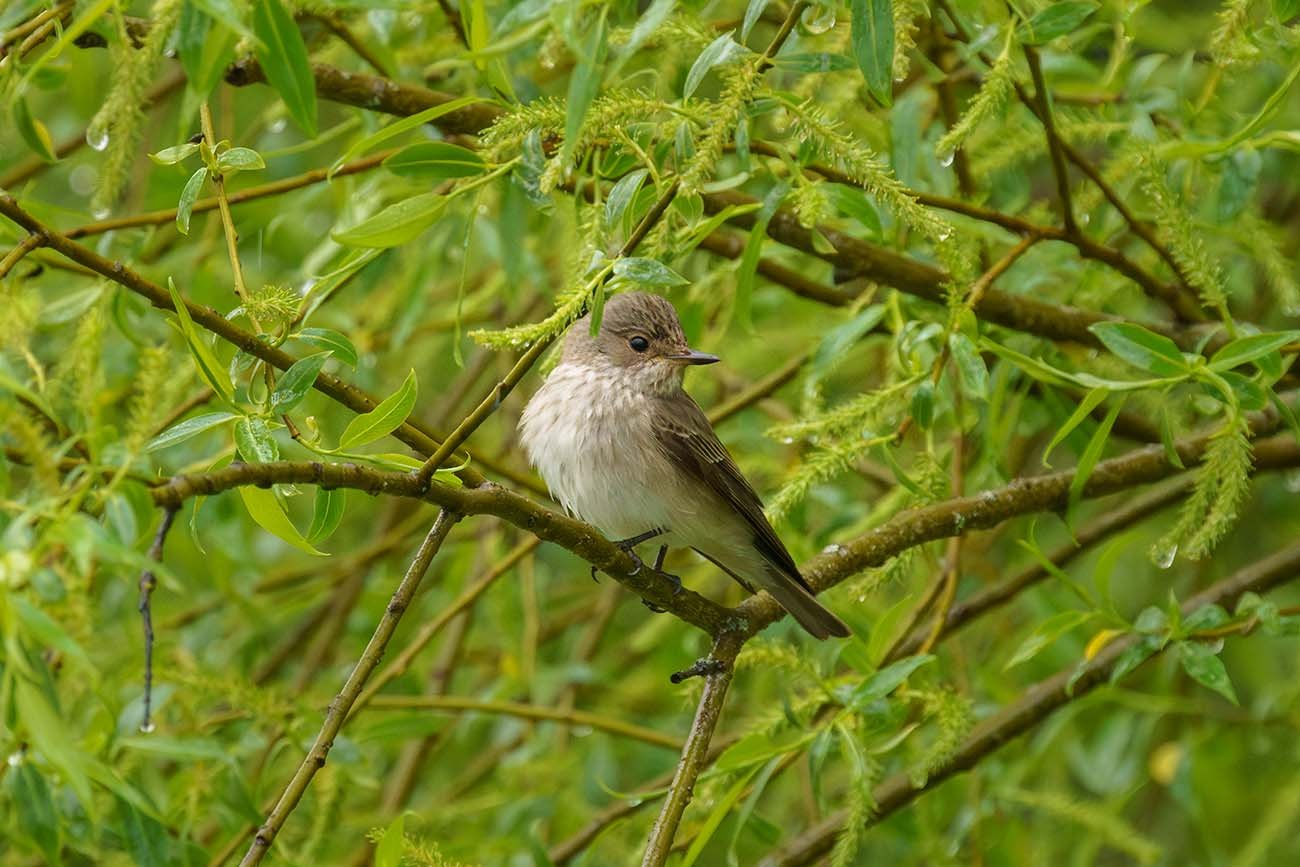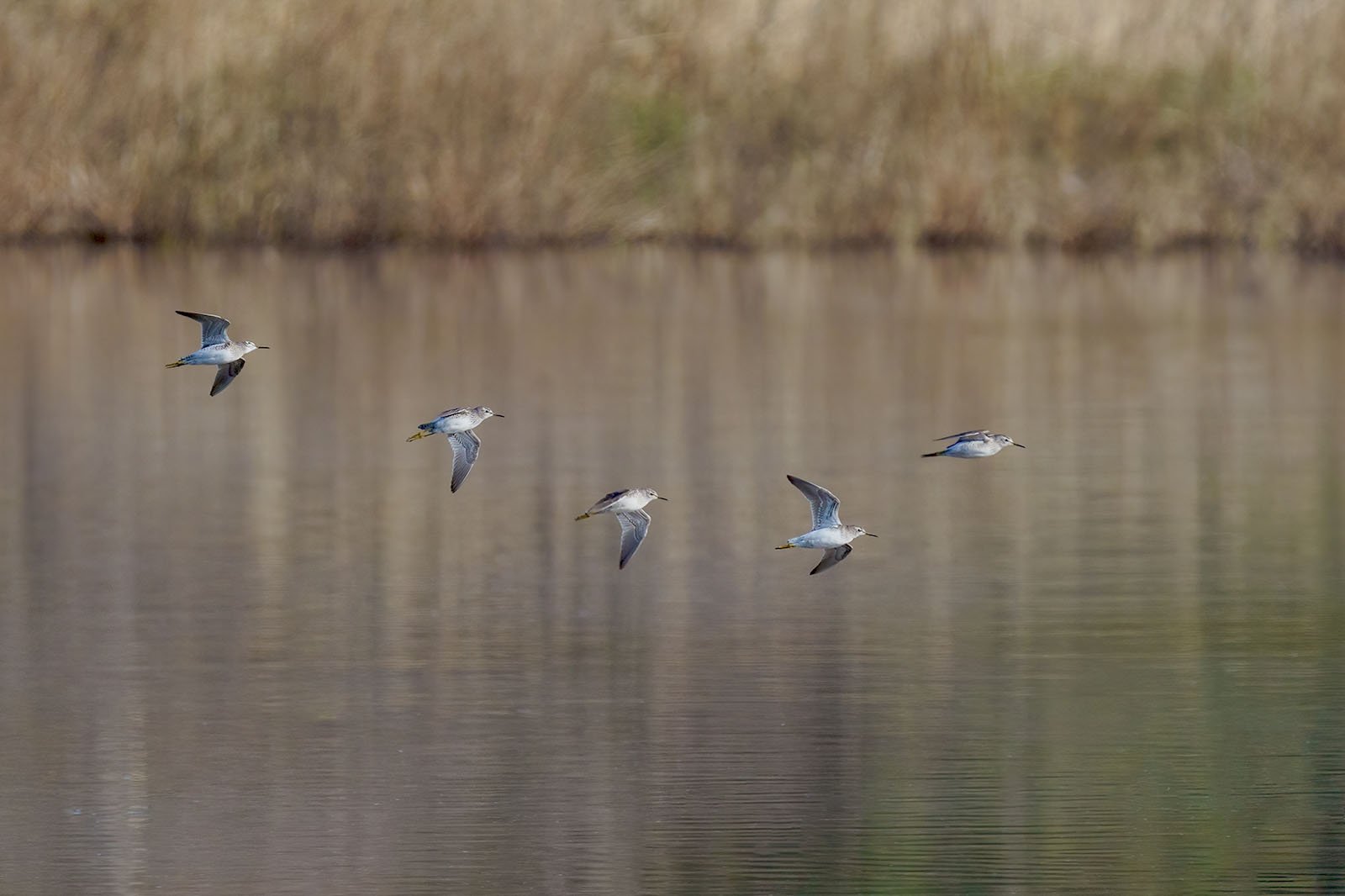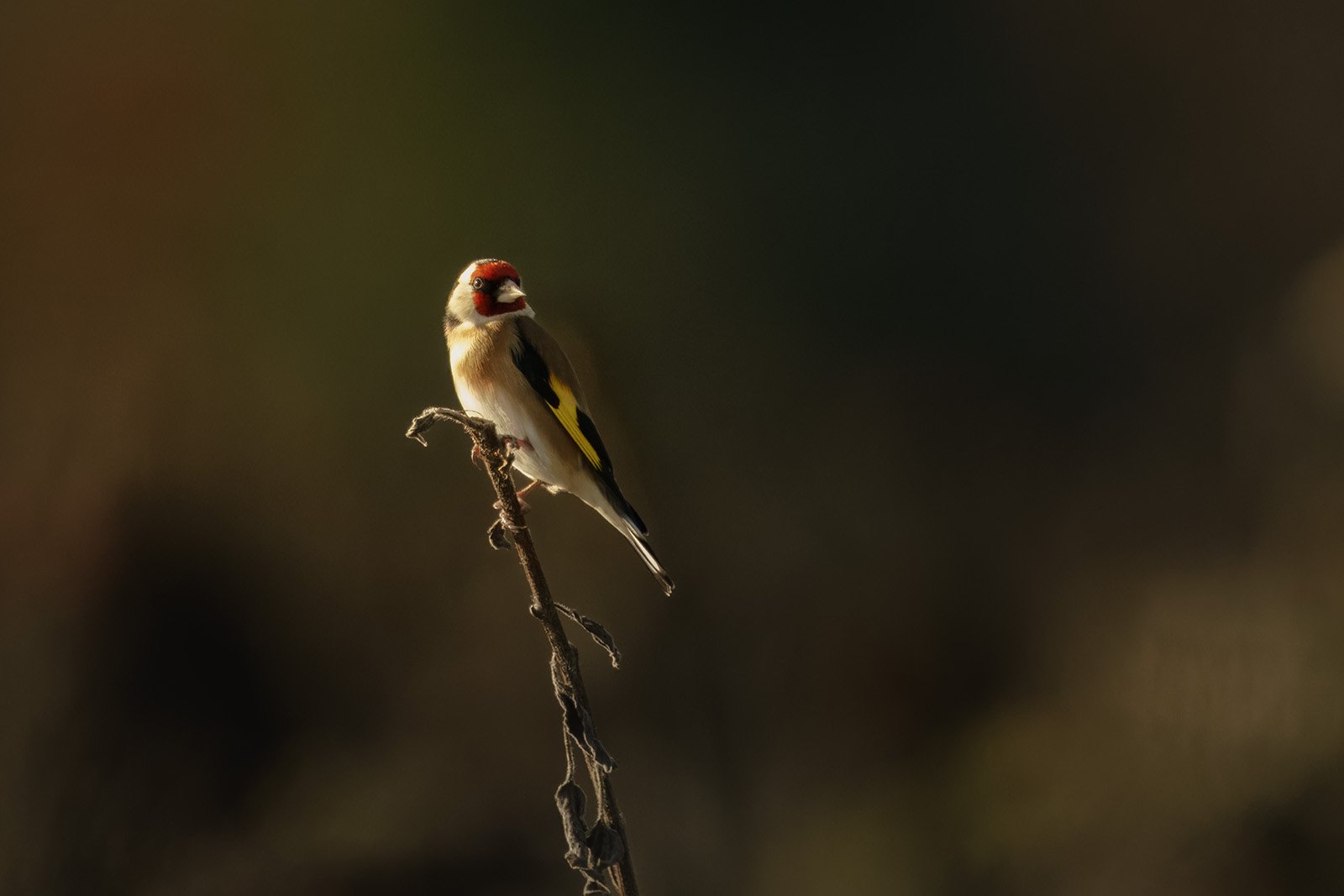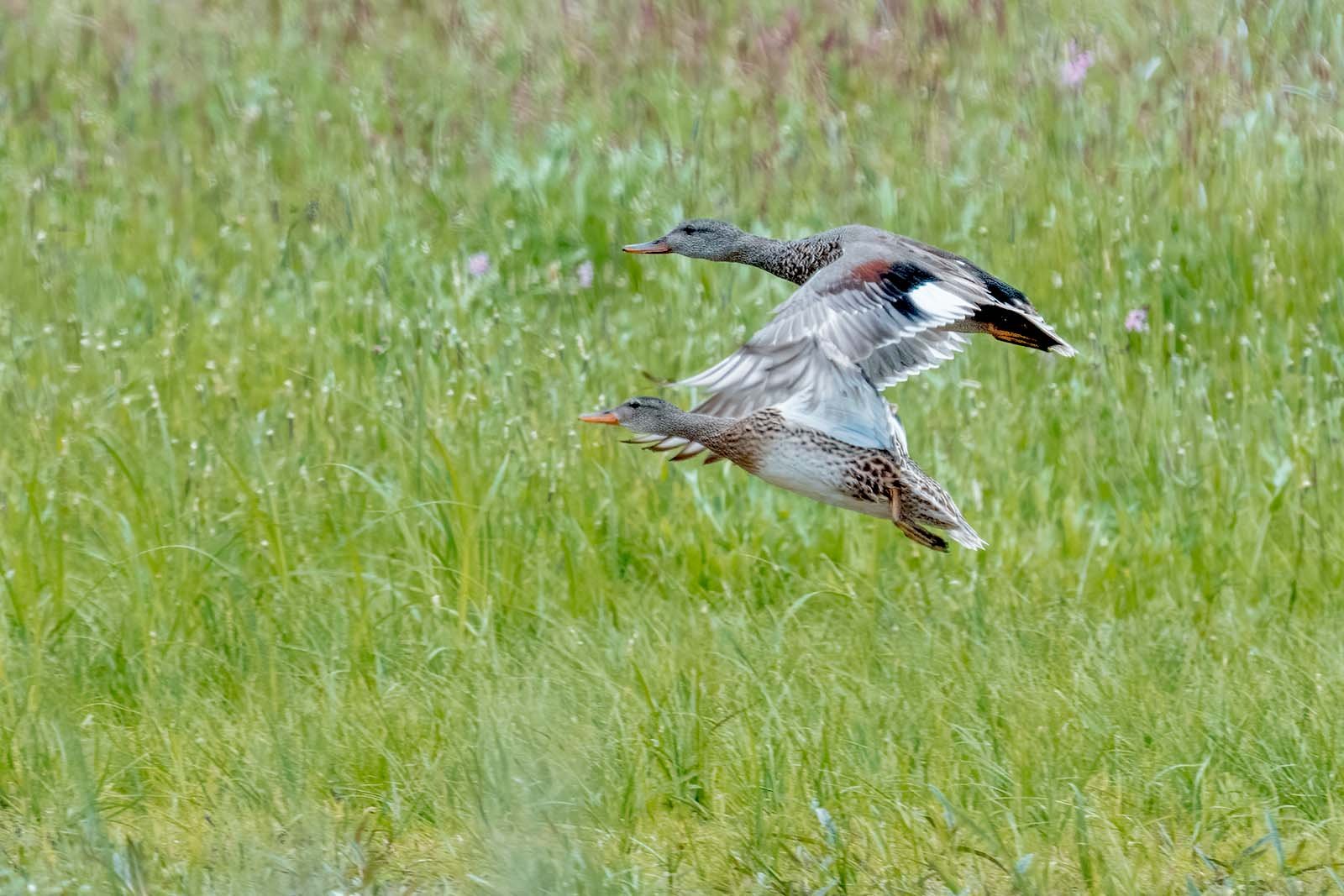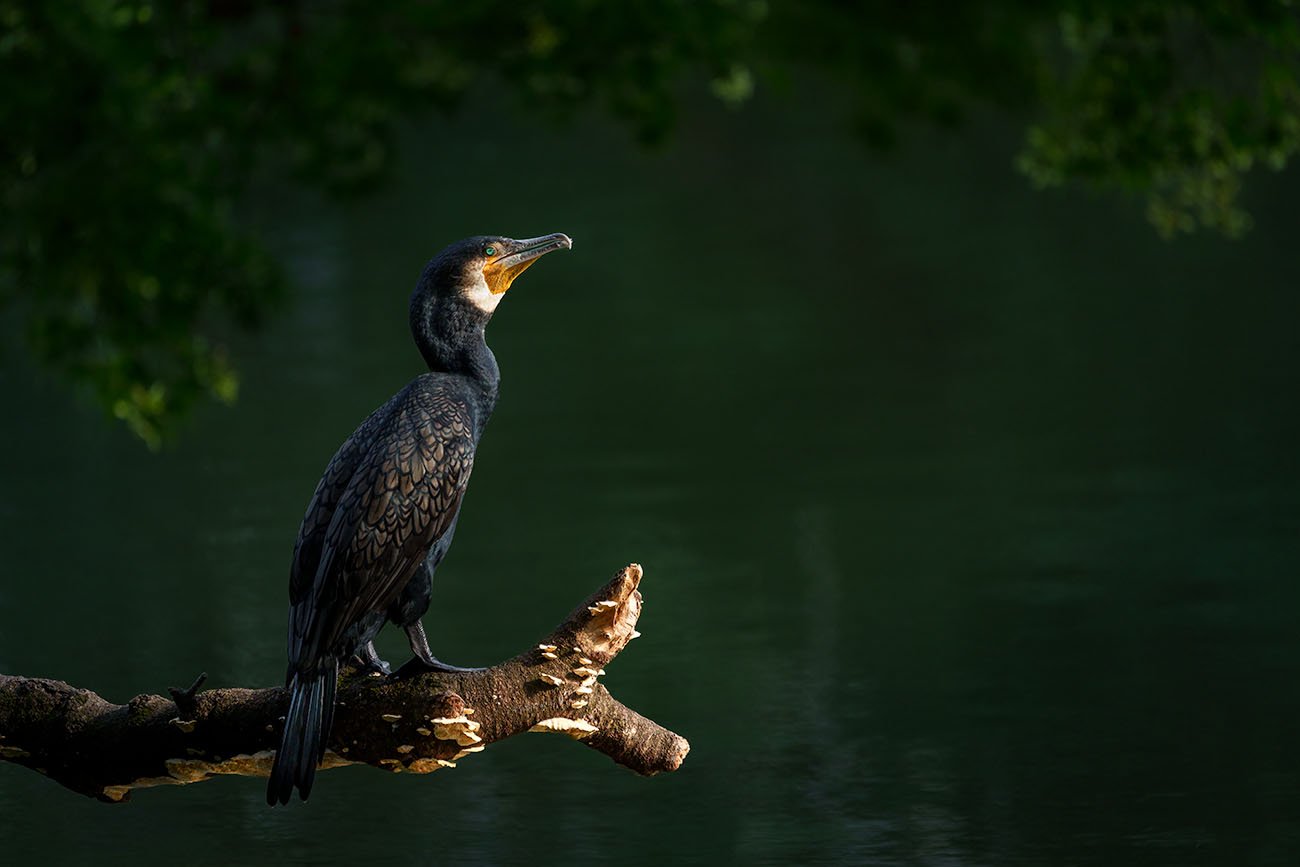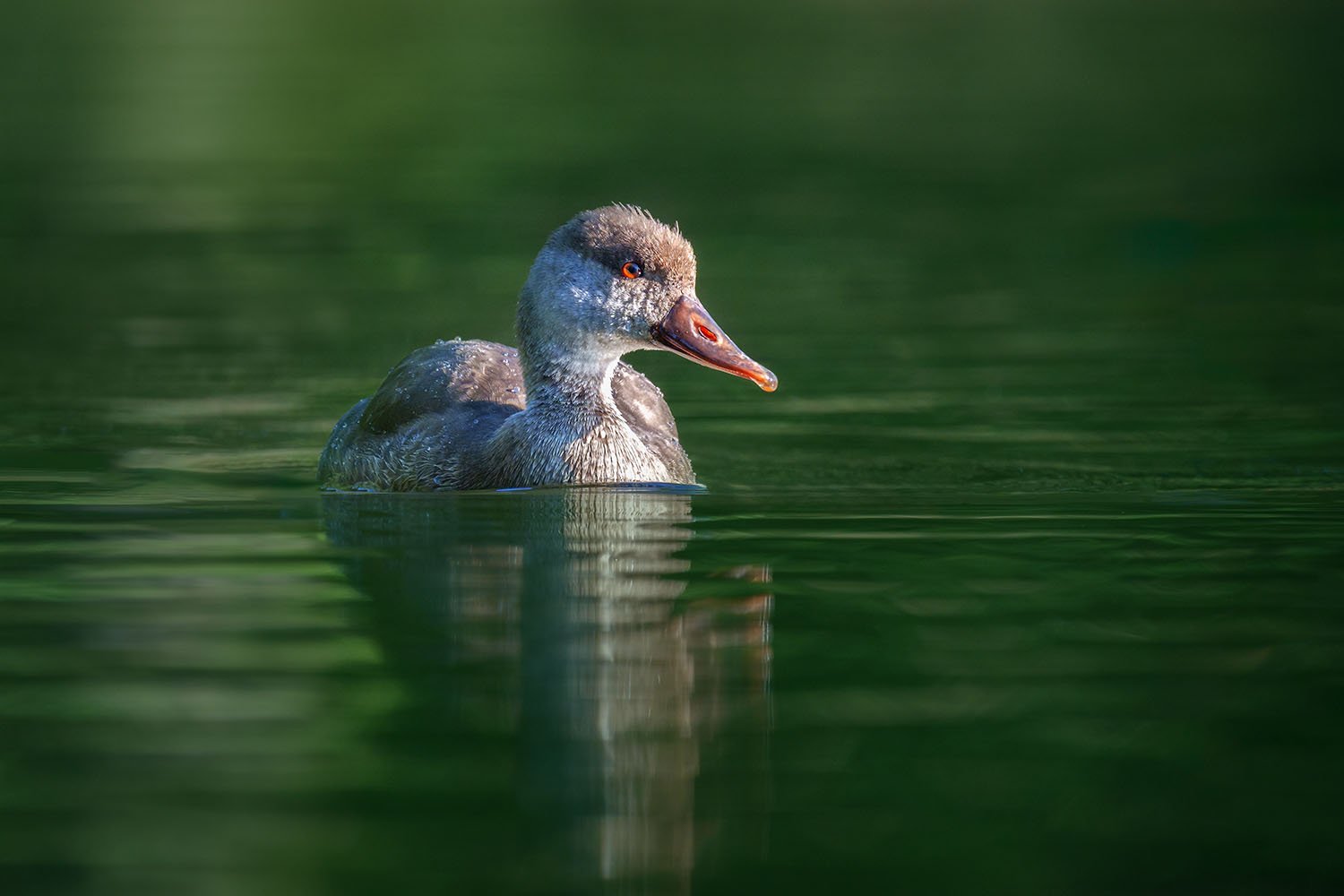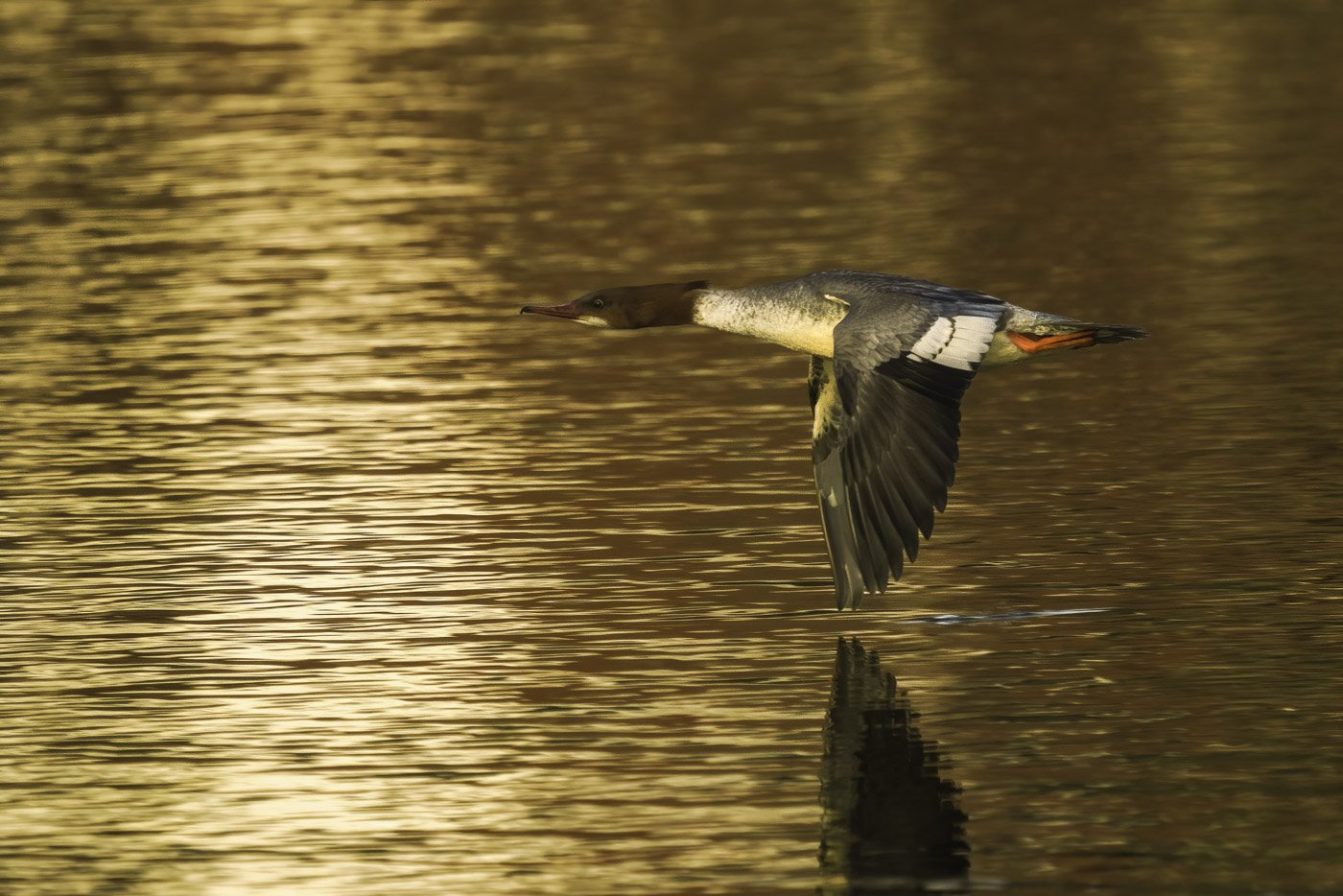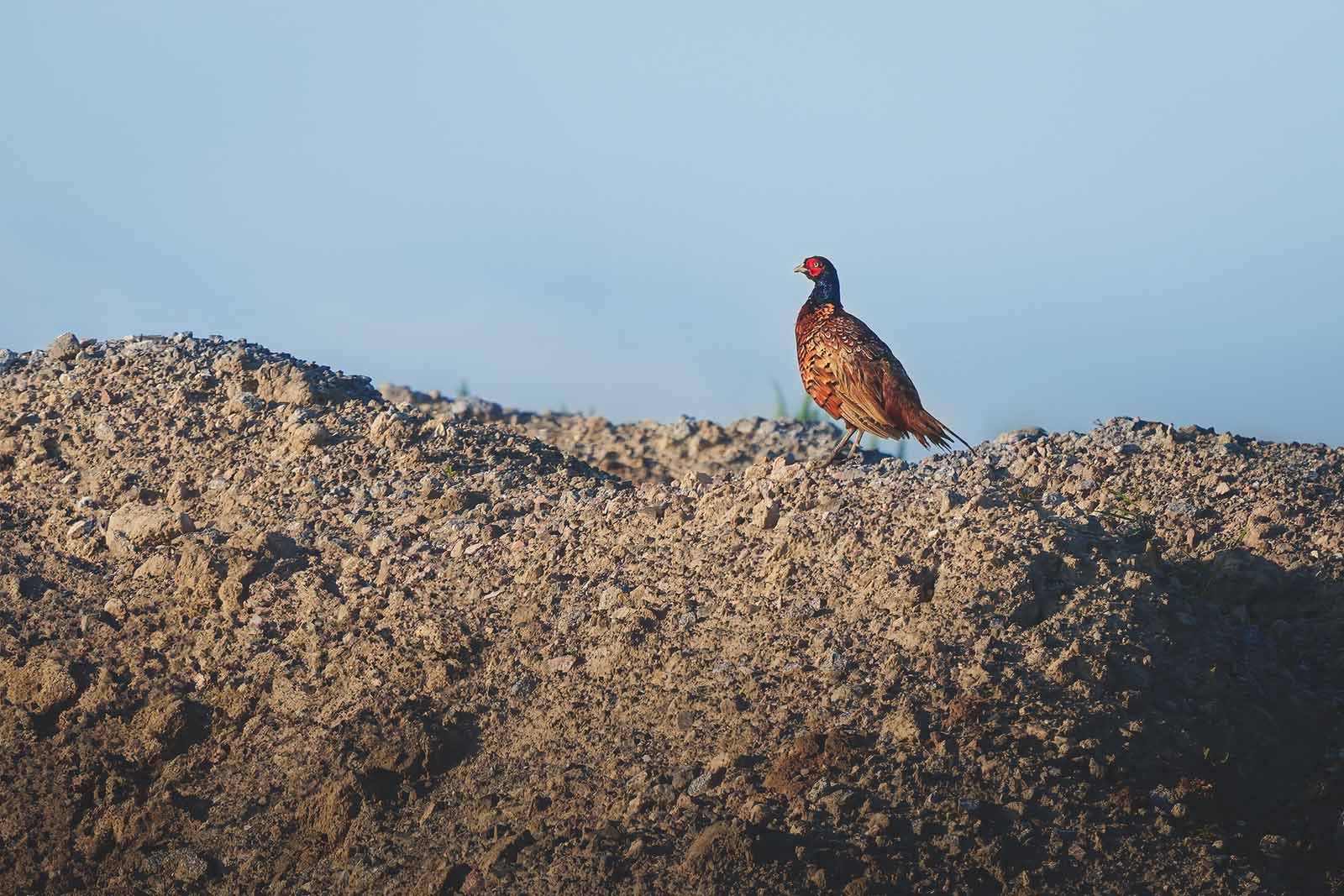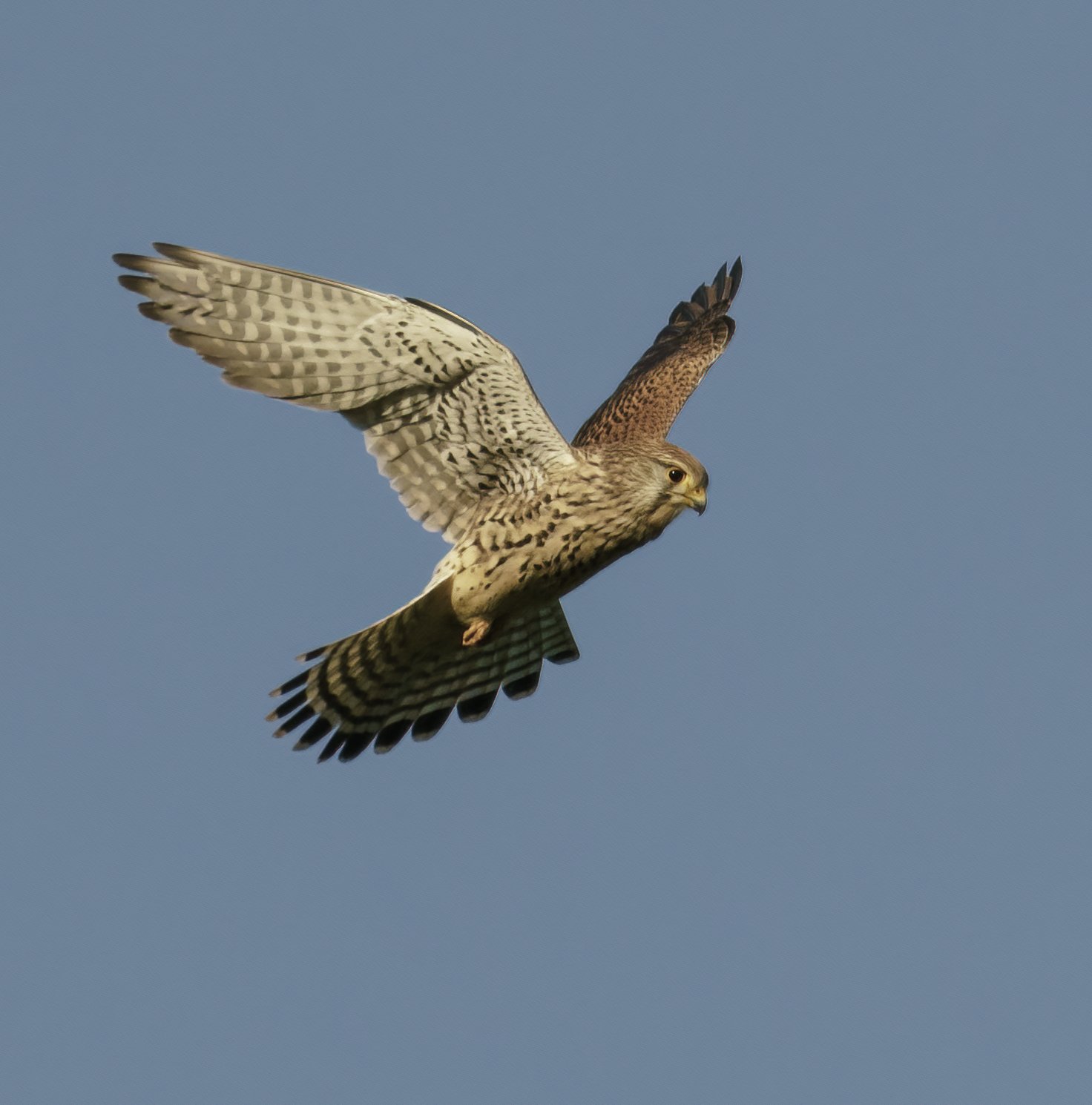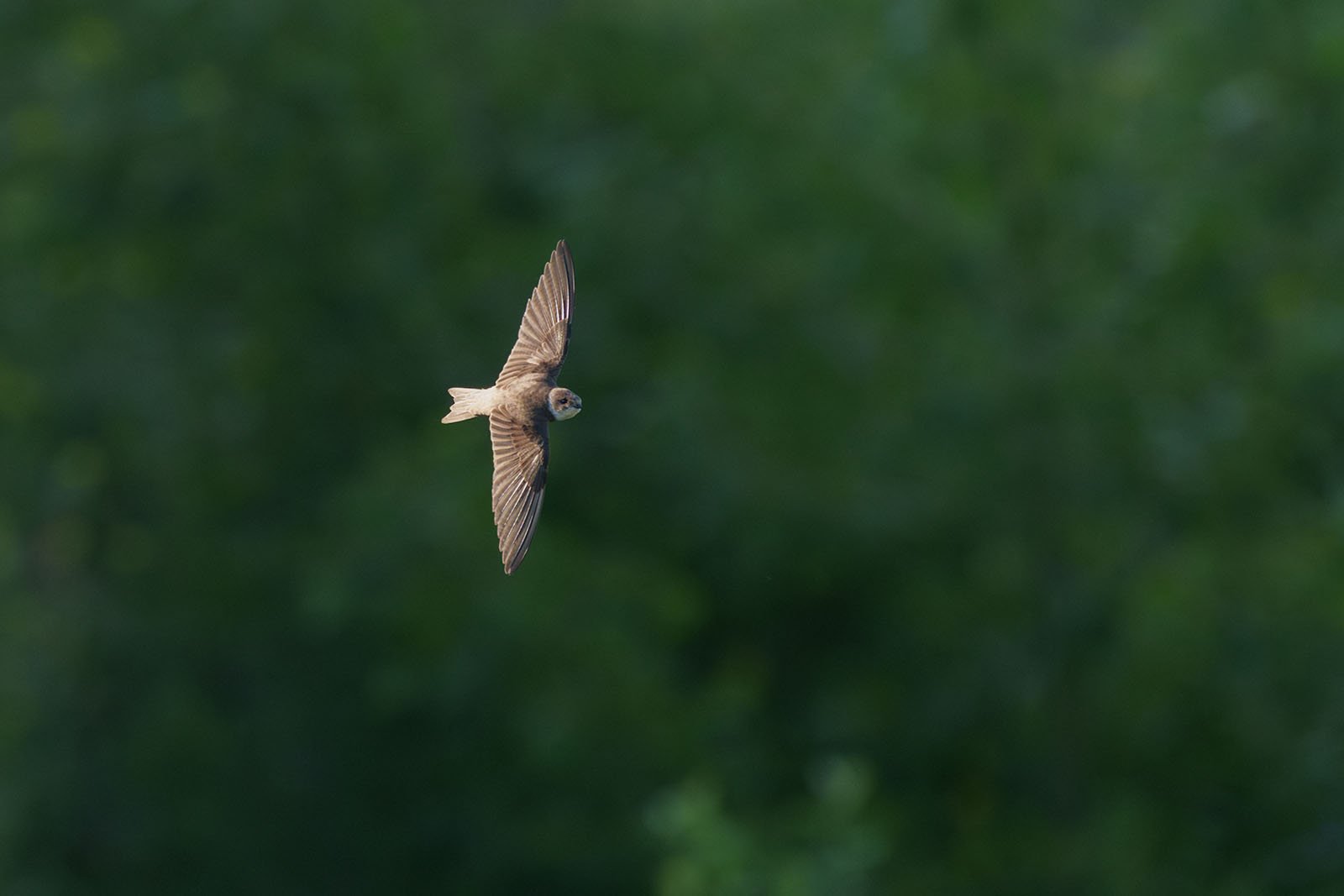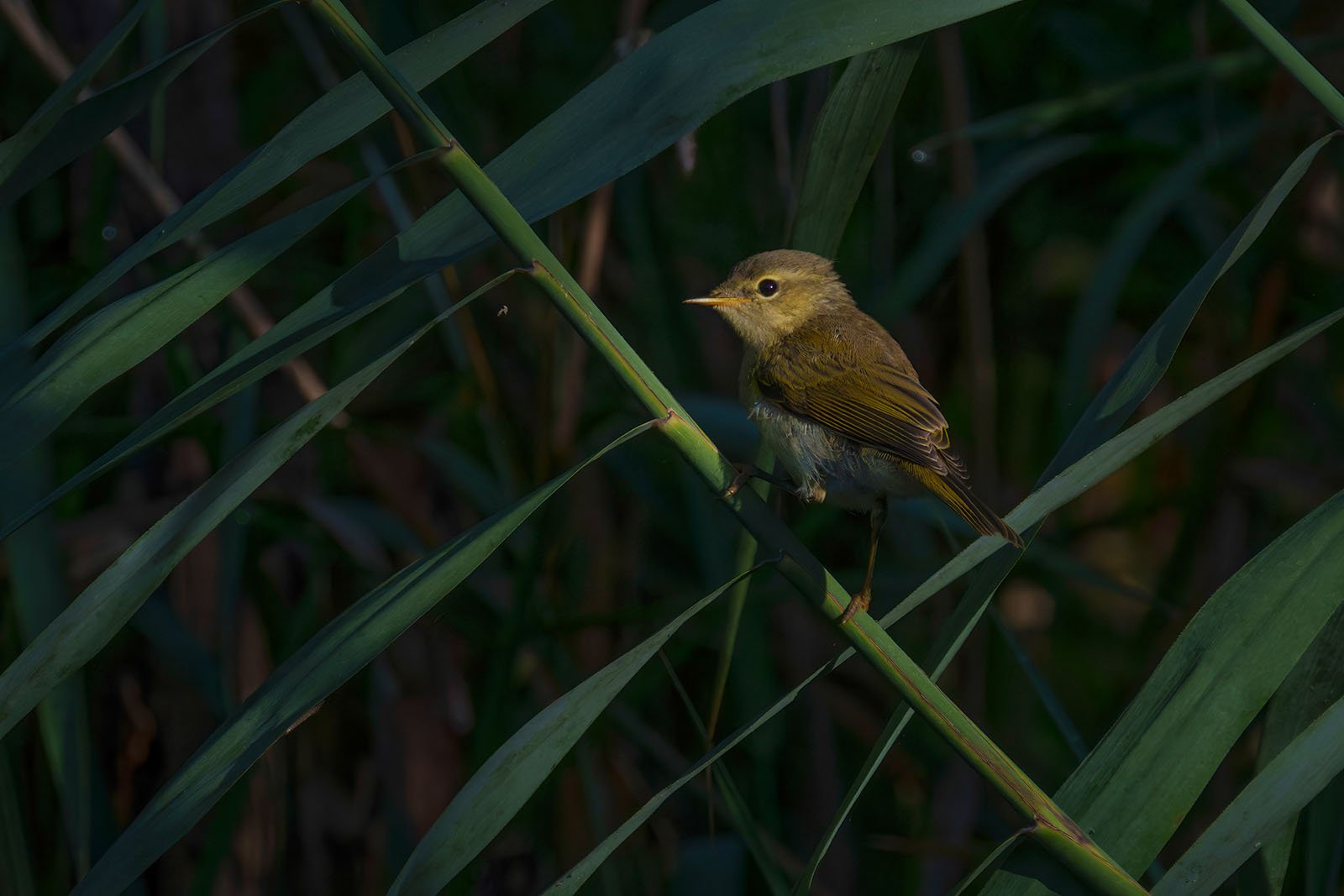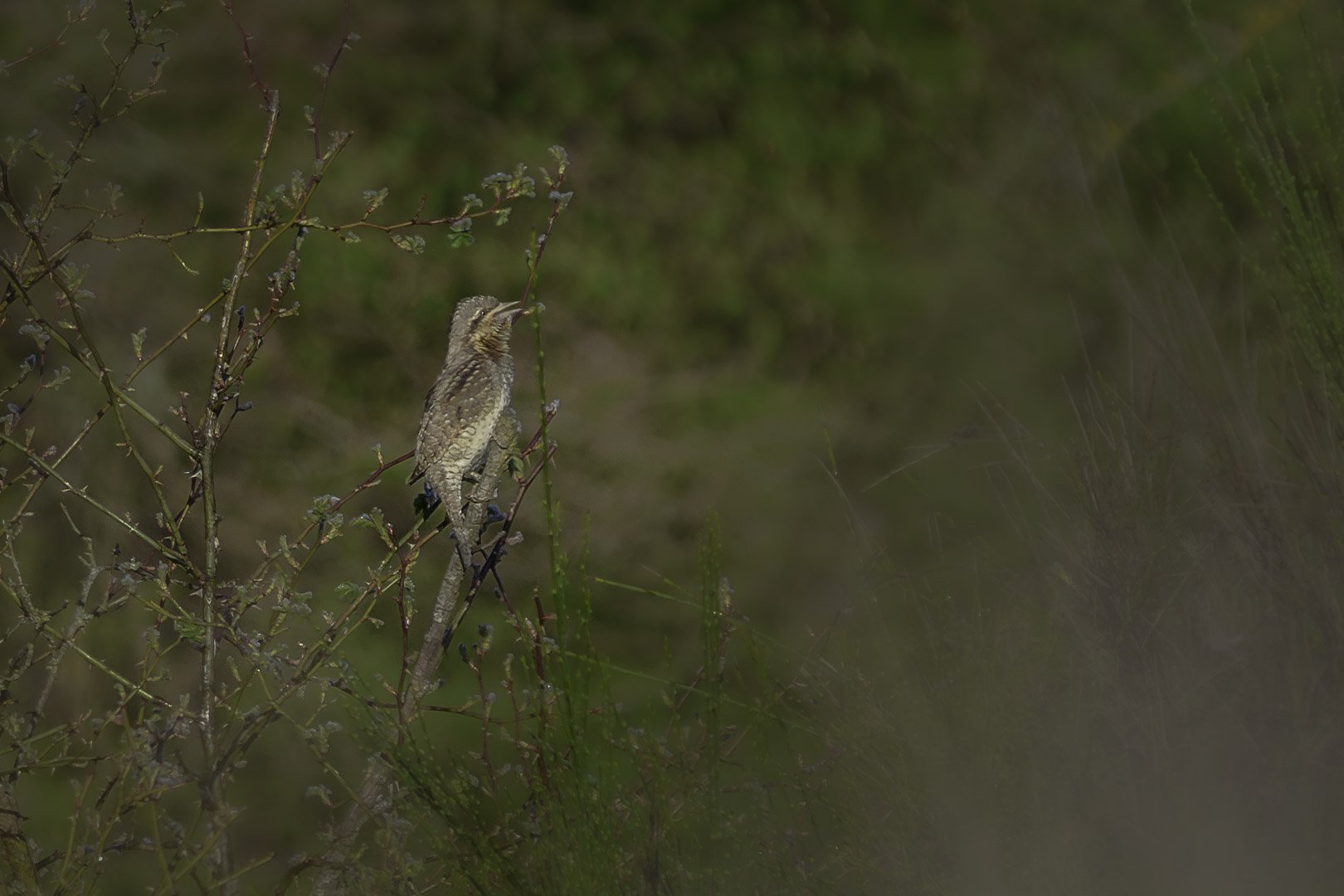Blackcap (Sylvia atricapilla)
Eurasian blackcap (Sylvia atricapilla) - Male
The Blackcap – A Small Bird with a Unique Cap
Learn about the Blackcap (Sylvia atricapilla): habitat, diet, appearance, and breeding. A fascinating bird that thrives in gardens and forests!
Table of Contents
- Key Facts: Blackcap at a Glance
- Introduction: The Charming Songbird
- Appearance: Simple but Beautiful
- Habitat: A Bird of Many Places
- Breeding: Hidden Nests in the Green
- Diet: Flexible and Adaptable
- FAQ: Frequently Asked Questions About the Blackcap
- Quick Facts – Color Features
Key Facts: Blackcap at a Glance
- Size: 13–15 cm (5–6 inches)
- Weight: 16–25 g (0.6–0.9 oz)
- Feathers: Grey with a lighter underside; black (♂) or reddish-brown (♀) cap
- Beak: Slim, straight, dark grey to black
- Eyes: Dark brown to black, alert and lively
- Feet: Thin, dark grey to black, perfect for dense bushes
- Habitat: Forests, gardens, parks, hedges; Europe, North Africa, parts of Asia
- Breeding: 4–5 eggs, incubation time 11–14 days
- Diet: Insects, spiders, berries, and fruits
Introduction: The Charming Songbird
The Blackcap (Sylvia atricapilla) is a small but fascinating songbird. With its simple grey feathers and distinctive cap on its head, it is easy to identify. This adaptable bird thrives in dense bushes and trees, often living close to people in parks or gardens. Its beautiful song and unique appearance make it a favorite among birdwatchers.
Appearance: Simple but Beautiful
The Blackcap has a sleek, simple look. Its upper body is grey, with a slightly lighter underside. The most striking feature is the "cap" on its head. Males have a deep black cap, while females display a warm reddish-brown one.
The bird’s slim, straight beak is dark grey to black and perfectly designed for picking berries or catching small insects. Its dark eyes are lively and give the bird an alert, curious expression. The thin, dark legs and long toes allow it to move easily in dense vegetation.
Habitat: A Bird of Many Places
The Blackcap is found across Europe, North Africa, and parts of Asia. It prefers habitats with lots of vegetation, such as forests, hedges, and gardens. These areas provide food, protection, and nesting places.
Southern populations stay in one place all year, while northern Blackcaps migrate to warmer regions, like the Mediterranean, during winter.
Breeding: Hidden Nests in the Green
The breeding season begins in late spring. Blackcaps build small, cup-shaped nests out of grass, twigs, and soft materials. These nests are hidden in dense bushes or low trees for protection.
The female lays 4–5 eggs, which are incubated by both parents for about 11–14 days. After hatching, the chicks are fed insects and berries by the parents. The young birds leave the nest after 10–12 days but remain dependent on their parents for a little while longer.
Diet: Flexible and Adaptable
The Blackcap’s diet changes with the seasons. In spring and summer, it eats insects like beetles, spiders, and caterpillars. During autumn and winter, berries and small fruits become the main food source.
This ability to adapt its diet helps the Blackcap survive in many different habitats and seasons. By eating berries, it also plays an important role in spreading plant seeds.
FAQ: Frequently Asked Questions About the Blackcap
1. Why is the Blackcap called that?
The name comes from the “cap” on its head, which is black for males and reddish-brown for females.
2. Where does the Blackcap live?
It lives in forests, gardens, hedges, and parks across Europe, North Africa, and parts of Asia.
3. What does the Blackcap eat?
Its diet includes insects, spiders, berries, and fruits, depending on the season.
4. When can I see Blackcaps?
In Europe, they are most common from spring to autumn. Northern birds migrate to warmer areas in winter.
5. How can I help Blackcaps in my garden?
Plant berry bushes and provide dense vegetation for shelter and nesting.
Quick Facts – Color Features:
- Feathers: Grey with a lighter underside
- Cap: Black (♂), reddish-brown (♀)
- Beak: Dark grey to black
- Eyes: Dark brown to black
- Feet: Thin, dark grey to black
Eurasian blackcap (Sylvia atricapilla) - female



